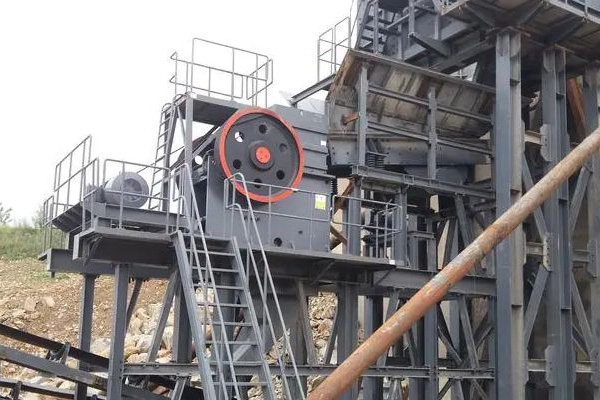A granite jaw crusher is a powerful machine used for crushing granite and other hard stones into smaller, more manageable pieces for construction and various industrial applications. Granite, being a very hard and abrasive material, requires a crusher that can handle high compressive strength while delivering precise, durable performance. The specifications of a granite jaw crusher play a critical role in determining its efficiency, capacity, and overall performance in granite crushing operations.
1. Crushing Capacity
The crushing capacity of a granite jaw crusher is one of the primary factors to consider. Most granite jaw crushers have a capacity range of 50-800 tons per hour, depending on the size and power of the machine. Larger models, with bigger feed openings and stronger crushing jaws, can handle higher capacities, which is crucial when processing large quantities of granite in large-scale operations. Crushers with adjustable settings also allow users to alter the output size, ensuring flexibility in meeting different project requirements.

2. Feed Opening and Jaw Size
The feed opening and jaw size of a granite jaw crusher are crucial in determining the maximum size of the granite material that can be processed. A typical jaw crusher used for granite may have a feed opening ranging from 500mm to 1,500mm, depending on the model. A wider feed opening allows larger granite boulders to enter the crusher chamber. The jaw plates inside the machine are designed to withstand the hardness of granite and typically feature a V-shaped design to grip and break down the material efficiently.
3. Motor Power and Efficiency
Granite crushers require powerful motors to operate effectively due to the strength and density of the material. The motor power typically ranges from 55 kW to 300 kW for different crusher models. High motor efficiency is essential to ensure smooth and continuous operation, minimizing the chances of mechanical failure. Advanced models are equipped with energy-saving systems that optimize power consumption, making the crusher more eco-friendly and reducing operational costs.
4. Durability and Construction
Since granite is a hard, abrasive material, the jaw crusher must be built from highly durable materials to ensure longevity and reduce wear. High manganese steel is often used for the jaw plates and other key components due to its high resistance to wear and tear. Additionally, the frame is usually made from cast steel or welded steel to provide the necessary strength to withstand the continuous forces exerted during crushing. Some crushers also feature reinforced side plates and toggle plates to further enhance their robustness.
5. Adjustable Discharge Settings
A key feature of many granite jaw crushers is their adjustable discharge settings, which allow users to control the size of the final product. The adjustment is typically done through a hydraulic system or mechanical shims. This feature is particularly useful when working with granite, as different project requirements may demand various output sizes, ranging from fine gravel to coarse aggregates. Efficient adjustment mechanisms enhance the crusher’s versatility, making it suitable for a wide range of applications in the construction and mining industries.

